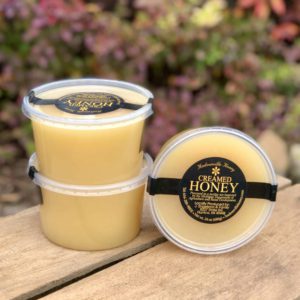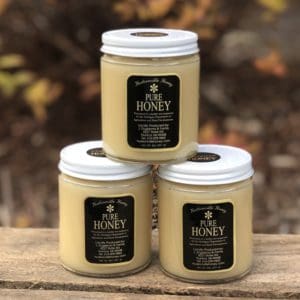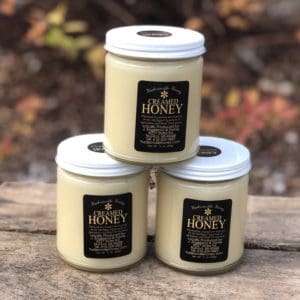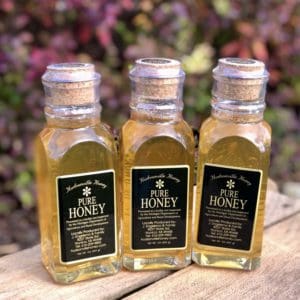Sometime ago, we posted an article about what bees do in the winter. It occurred to us, that our readers might be wondering what the keepers of bees do in the winter as well. The answer to that of course depends on what kind of beekeeper you’re talking about. Large scale commercial migratory beekeepers here in the USA, truck their bees south in the winter, and possibly on to California for almond pollination. If you’re a hobby beekeeper, you might be spending your winters fretting about whether or not your bees will survive the winter, and wrapping them in layer after layer of insulation, which may actually do more harm than good!
We consider ourselves “sideline” beekeepers, which means that we keep bees as a business venture, but that the business is not our primary or only means of income. As sideline beekeepers here in Michigan, we spend our winters in a fairly predictable way, despite the fairly unpredictable Michigan weather! In what follows we give a summary of the various bee-related activities that occupy our winter months.
We keep an eye on our bees and feed them if necessary. Our goal is to have fat healthy colonies in the fall so we don’t need to do much with them until early spring. That is, we do multiple rounds of mite treatments in late summer and make sure the bees are bulked up and heavy by early October. Nevertheless, beginning in late January, we’ll start popping covers on milder days, and if the cluster is primarily on the top, we’ll dump a generous pile of granulated newspaper on top, along with a rim to offset the cover. This is the so-called “mountain camp method” of feeding. Its simple, cheap and gets the job done. In late Winter or early Spring (typically late in March for us) we also start feeding pollen supplement to encourage brood rearing.
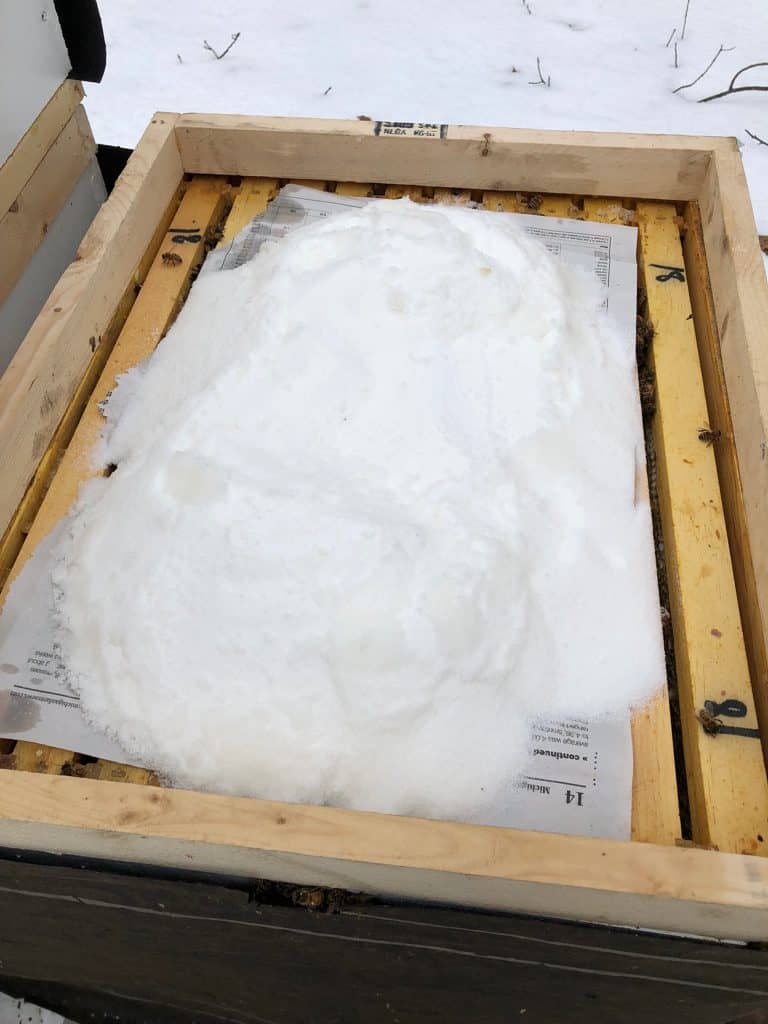
We assemble woodenware until the cows come home! Every winter we purchase hundreds of unassembled bee boxes and thousands of wooden frames and spend long hours assembling them all. We also use make some of our own components including rims (feeding shims), pallets, and nuc boxes. We’re basically saving $$ by investing our time. Later when the weather warms up we stack the boxes up outside and give the a few generous coats of paint with a spray gun. We also brand all of our boxes (typically before we assemble them). It can get a bit boring, but its a good way to combat cabin fever as well as those mid-winter longings for warm sunshine and buzzing bees. Seems every year, we come up with more creative ways to save time, without cutting corners. Always fun to see how a well thought out “system” can get the job done quicker and better.
We read bee books. There is nothing better than curling up by the fireplace during the winter with a good book and a hot beverage. If you’re a beekeeper, bee books probably are going to be a priority of course. There likely isn’t a bug on the planet that has more books written about it than the honey bee. Some standout more recent reads on bees include Tom Seeley’s Honey Bee Democracy and Following the Wild Bees. Hannah Nordhaus’ “The Beekeeper’s Lament was also an interesting book. However, I find the older beekeeping tomes the unrivaled reading pleasure, and since they are out of copyright, you can find them all online for free at the E. F. Phillips Beekeeping Collection at Cornell University. You weren’t able to subscribe to the American Bee Journal in 1890? No problem, just read it online. Some favorite old-timer books include C.C Miller’s Fifty Years Among the Bees and the Rev. L.L. Langstroth’s classic The Hive and the Honey Bee. If you are a techno geek and insist on reading these classics on your iPad or your Kindle, than just head over to the Internet Archive and search for an download the EPub or Mobi formats for your favorite e-reader device.
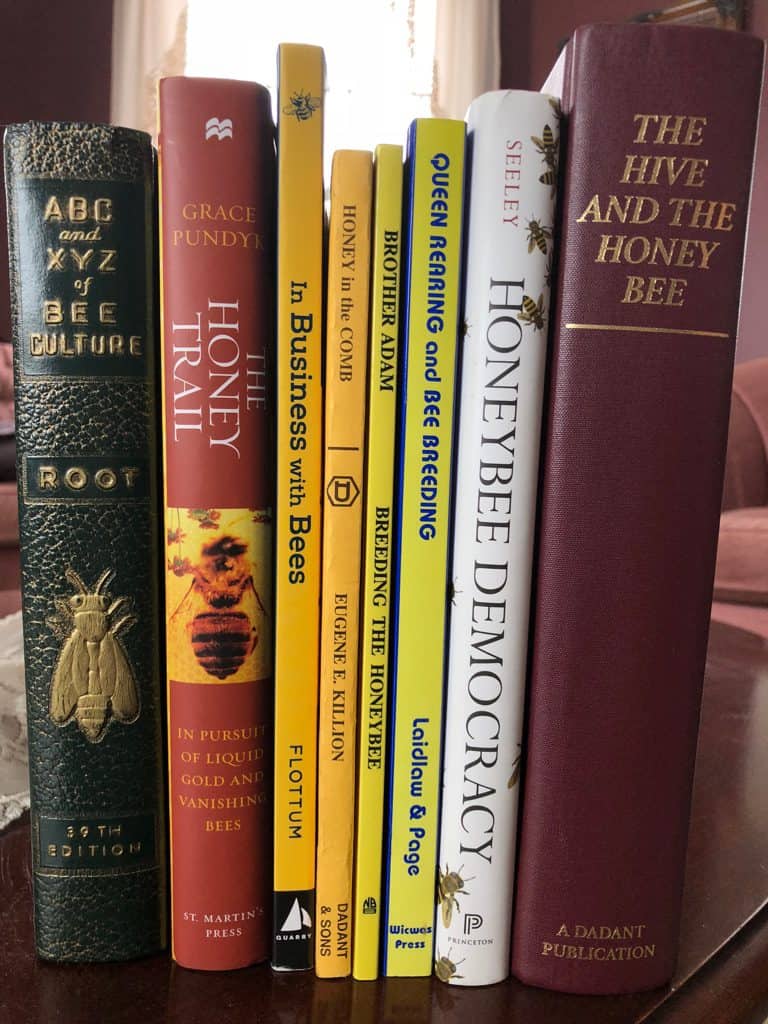
We go to bee conferences. There are bee conferences all times of the year, but we tend to bee too busy in the non-winter months to take time off. We often attend the Michigan Beekeeper Association’s annual conference in early March, and attend the American Beekeeping Federation’s annual Conference and Tradeshow approximately every other year. This past year, I also attended the Eastern Apiculture Society Conference. Bee conferences are great ways to learn about the latest research in apiculture, network with other beekeepers, and catch up with vendors in the tradeshows.



